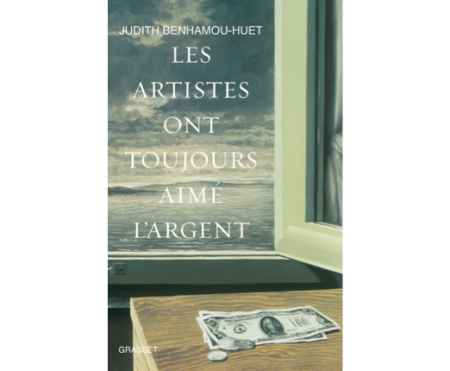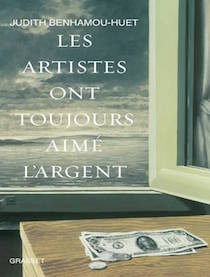Some in today’s world disparage artists like Jeff Koons and Damien Hirst for their overt aspiration for material wealth. Still, long ago, many whose artistic relevance is undisputed today were driven by the same desire and the wish to become famous and prosperous.
In the 20th century, Magritte painted entire series of pipes he claimed were not pipes. Long before him, Cranach had endlessly reproducing images of Lucretia, Judith and Venus, all resembling one another like sisters or clones of the 16th century.
Rubens’ “factory” was a production center where a quasi-mechanical painting output ensured far-reaching penetration by the Antwerp master into the courts of Europe.
Courbet, the astute entrepreneur best known for his “Origin of the World,” had mastered a personal marketing strategy for becoming rich and famous. Even Van Gogh, the archetypal tormented artist who died misunderstood, had benefitted from the protection of one of Paris’ most renowned art dealers, his brother Theo.
This book breaks down, through thirteen case studies that span the entire history of art, preconceived notions about artists whose legacy lives into the future.
It is a voyage through the great history of art, sprinkled with short stories about men who became monumental artists.
The book explores the world of creation and the desire of making money of Durer, Cranach, El Greco, Titien, Rubens, Rembrandt, Canaletto, Chardin, Courbet, Monet, Van Gogh, Picasso, Magritte.



